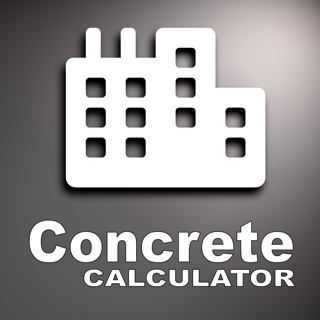Concrete calculators are important tools for both building experts and do-it-yourself enthusiasts. They help with estimating the amount of concrete required for various projects, hence ensuring efficiency and cost-effectiveness. However, mistakes in using these calculators might cause serious problems, such as over- or under-ordering resources. To assist you in getting accurate answers, below are some typical pitfalls to avoid when using a concrete calculator:
Incorrect Measurements:
One of the most typical errors is entering inaccurate measurements. Ensure you precisely measure the area's length, width, and depth. Use a tape measure and double-check your figures to avoid mistakes. Remember that even little errors in measurement might result in a significant discrepancy in the amount of concrete required.
Ignoring the Shape of the Area:
Concrete calculators are intended to accommodate a variety of forms, including rectangular, circular, and triangular regions. Ignoring the shape of your project area can result in erroneous estimations. Make sure you select the suitable form in the calculator and enter the appropriate dimensions. For irregular shapes, divide them into simpler geometric forms and calculate each independently before adding them together.
Not Considering Waste and Spillage:
Concrete constructions frequently generate some amount of trash and spillage. Not accounting for this can lead to a deficiency. It is advised to add 5-10% to your total predicted quantity to account for any unforeseen waste or leakage. This precaution ensures that you have enough concrete to finish your project without interruption.
Forgetting to Adjust for Concrete Density:
Different concrete mixes have varying densities. Using the default values without changing the precise density of your concrete mix may result in erroneous estimations. Check the parameters for the concrete you're using and update the calculator settings accordingly. This step is critical for making accurate computations.
Misunderstanding Volume Calculations:
Concrete calculators often return values in cubic yards, cubic meters, and cubic feet. Misunderstanding these units and converting them wrong can result in major disparities. Make sure you understand the unit of measurement used by your calculator and can convert it precisely if necessary. To avoid mistakes, familiarize yourself with basic conversion factors.
Neglecting Site Preparation Requirements:
Site preparation is a significant component that influences the amount of concrete required. For example, if you need to add a base layer or account for uneven ground, the amount of concrete needed would vary. Consider all site preparation requirements before completing your calculations to get an accurate estimate.
Overlooking the Impact of Reinforcement Materials:
Site preparation is a significant component that influences the amount of concrete required. For example, if you need to add a base layer or account for uneven ground, the amount of concrete needed would vary. Consider all site preparation requirements before completing your calculations to get an accurate estimate.
Conclusion:
In conclusion, To use a concrete calculator efficiently, you must pay attention to detail and be aware of typical dangers. By avoiding these typical errors, you may ensure more accurate estimates, resulting in better material utilization and project outcomes. Whether you're working on a tiny DIY project or a huge construction job, these pointers will help you get the most out of your concrete calculator.
Speedy Concrete provides top-quality concrete contracting services in Richmond, BC, for all project types. Our expert concrete contractors ensure precision, timely completion, and superior craftsmanship.





Comments